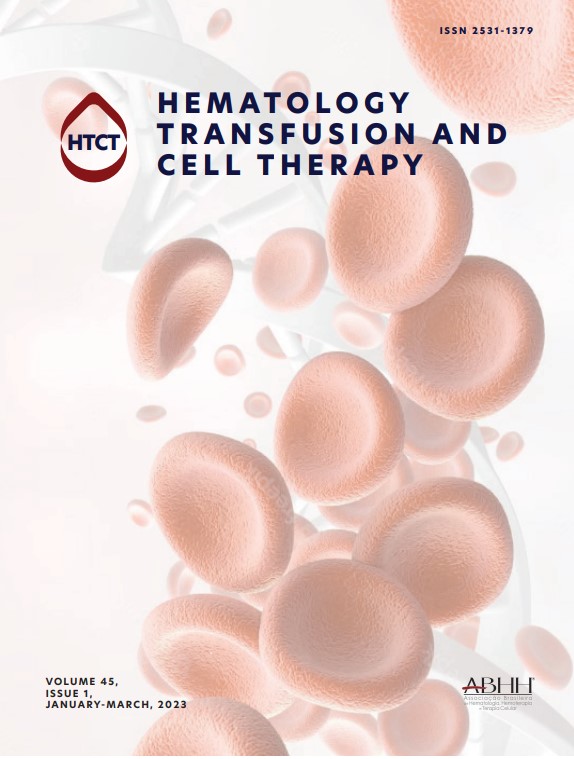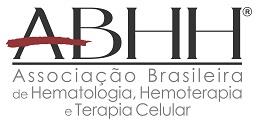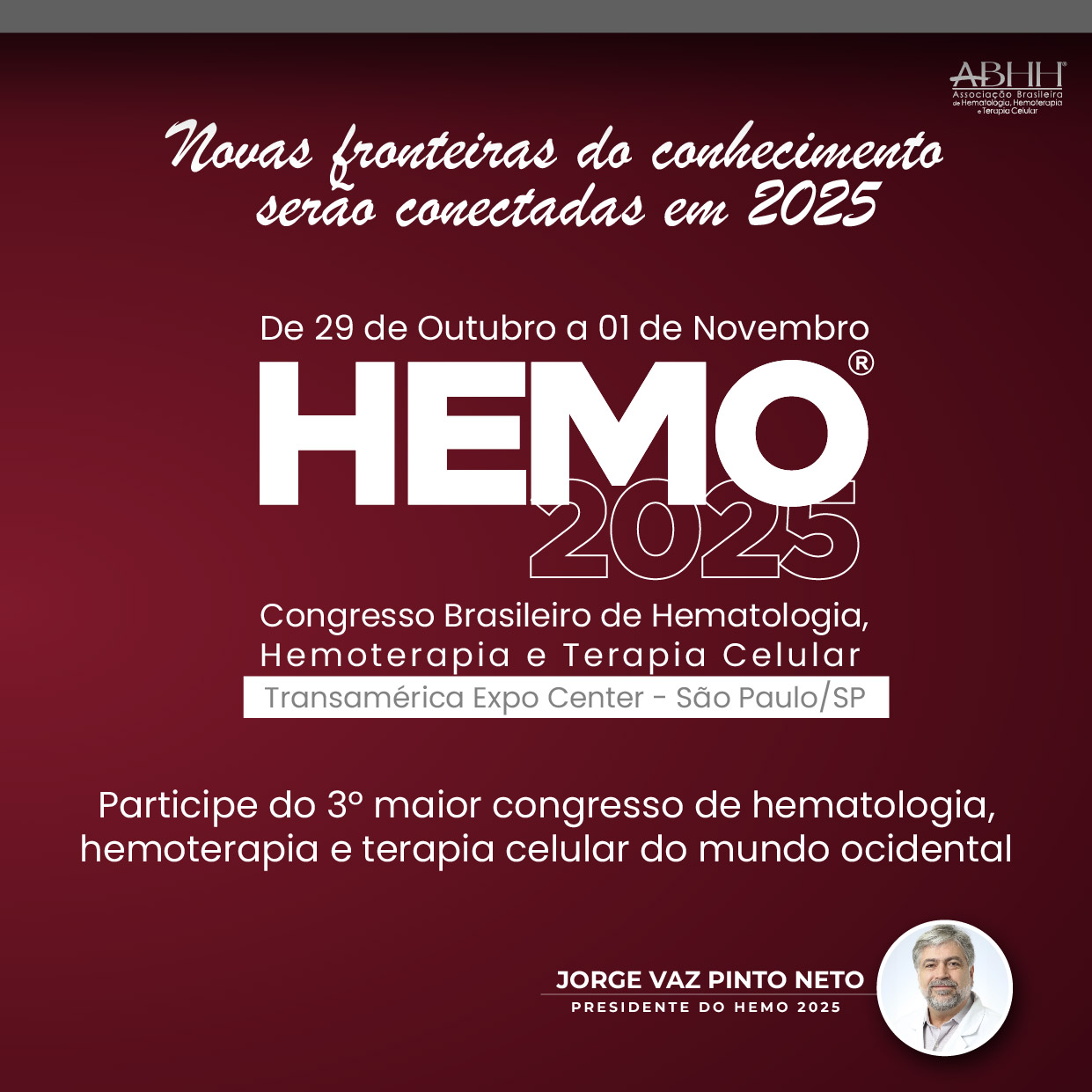Aim: To assess the efficacy and safety of treatment with Isatuximab-Pomalidomide plus dexamethasone (Isa-Pd) compared with Pd in patients with relapsed/refractory multiple myeloma (RRMM) and pre-existing plasmacytomas. Methods: 307 RRMM patients were randomized to two study arms (NCT02990338): Isa-Pd (n = 154) or Pd (n = 153). Isa was administered intravenously at 10 mg/kg weekly for 4 weeks, and every other week thereafter. If soft-tissue plasmacytomas were present at study entry, a computed tomography (CT) scan or magnetic resonance imaging (MRI) was carried out at baseline and repeated every 12 ± 1 weeks, and when clinically indicated. Imaging results were submitted to central radiology review as part of the independent review committee assessment. The primary objective was to assess the impact of Isa-Pd on the progression free survival (PFS) compared with Pd. Safety information including treatment-emergent adverse events (TEAEs) was assessed according to National Cancer Institute Common Toxicity Criteria for Adverse Events (NCI-CTCAE) version 4.03. Results: At study entry, soft-tissue plasmacytomas were present in 24 (7.8%) patients (14 [9.1%] in the Isa-Pd and 10 [6.5%] patients in the Pd arm). Baseline characteristics of patients with plasmacytomas included: median age, 61 (range 36, 82) years in the Isa-Pd arm vs. 64 (42, 71) years in the Pd arm; median (range) number of prior regimens before study entry, 3.5 (2, 13) in the Isa-Pd arm vs. 5.5 (2, 6) in the Pd arm; International Staging System, Stage I 50.0%, Stage II, 21.4% and Stage III, 28.6% in the Isa-Pd arm vs Stage I 10.0%, Stage II, 50.0% and Stage III, 40.0% in the Pd arm; high-risk cytogenetics, 21.4% in the Isa-Pd vs. 10% in the Pd arm. PFS was improved by adding Isa to Pd: hazard ratio: 0.22, 95% confidence intervals (CI): 0.07, 0.69. Median PFS was 4.57 (95% CI: 2.40, not calculable [NC]) months in the Isa-Pd arm vs. 1.56 (95% CI: 0.95, 4.47) months in the Pd arm. The probability of PFS at 12 months was 0.31 (95% CI: 0.10, 0.56) in the Isa-Pd arm vs. 0.00 (95% CI: NC, NC) in the Pd arm. The overall response rate (ORR) also improved with 50% (7/14) and 10% (1/10) responders in the Isa-Pd and Pd arms, respectively. Very good partial response (VGPR) occurred in 21.4% (3/14) of patients in the Isa-Pd arm and 10% (1/10) of patients in the Pd arm. Two patients with VGPR in the Isa-Pd arm who presented with plasmacytomas at baseline showed complete remission at cycle 3 and significant reduction at cycle 4 of the extramedullary lesions, respectively, vs 0 in the Pd arm. Grade ≥3 TEAE occurred in 12/14 (85.7%) patients in Isa-Pd arm and 7/10 (70.0%) patients in the Pd arm. Infusion reactions (IRs) of any Grade occurred in 42.9% of Isa-Pd patients, but there were no Grade ≥3 IRs. Conclusions: In patients with RRMM and plasmacytomas, Isa-Pd treatment significantly prolonged PFS and improved ORR compared with Pd alone, with a manageable safety profile. The trend in efficacy and safety of plasmacytoma patients treated with Isa-Pd are consistent with the ICARIA-MM overall population and other study subgroups. Data first presented at EHA 2020, 11th-21st June 2020. Study sponsored by Sanofi.
O fator de impacto mede o número médio de citações recebidas em um ano por trabalhos publicados na revista durante os dois anos anteriores.
© Clarivate Analytics, Journal Citation Reports 2025
O CiteScore mede as citações médias recebidas por documento publicado. Mais informação
Ver maisSJR é uma métrica de prestígio baseada na idéia de que todas as citações não são iguais. SJR utiliza um algoritmo similar ao page rank do Google; é uma medida quantitativa e qualitativa ao impacto de uma publicação.
Ver maisSNIP permite comparar o impacto de revistas de diferentes campos temáticos, corrigindo as diferenças na probabilidade de ser citado que existe entre revistas de distintas matérias.
Ver mais





